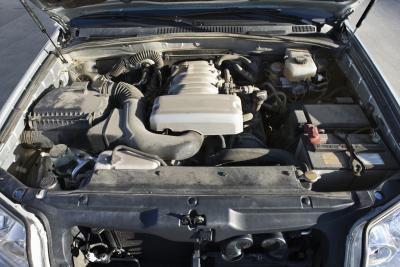
The pressure regulator is a valve that automatically cuts off the flow of gas to your engine when necessary. This component helps the fuel injectors of your car engine achieve proper fuel atomization by providing constant pressure. When the pressure regulator fails to work correctly, your vehicle will exhibit highly specific symptoms. Unfortunately, you will feel it in your wallet, too. A faulty regulator costs you money by burning excess gas. At the first sign that the pressure regulator is not doing its job anymore, it should be replaced to avoid the expense and aggravation.
Common problems that signify a faulty pressure regulator include sputtering, rough idle and stalling. Fuel-pressure issues result in an increased or decreased gas flow. An increased flow will cause the engine to race. As the part attempts to regulate, the pressure may drop, resulting in an uneven idle. During decreased flow, the vehicle may be slow in responding to acceleration requests. As you press the pedal, it may take off and then suddenly lose momentum, eventually stalling out.
When you first start the car, thick, black smoke may emerge from the exhaust pipe and under the hood. Oil may spurt out onto the engine block and burn off, causing the black smoke.
When turning the key, the engine may sputter and then refuse to start. Once going, the engine may only be able to run for a minute or so and then will stall again. If the regulator fails to provide a steady flow of gas, the engine will not be able to keep running.
Noise, loud at times, may come from under the hood. It may sound like popping or sputtering.